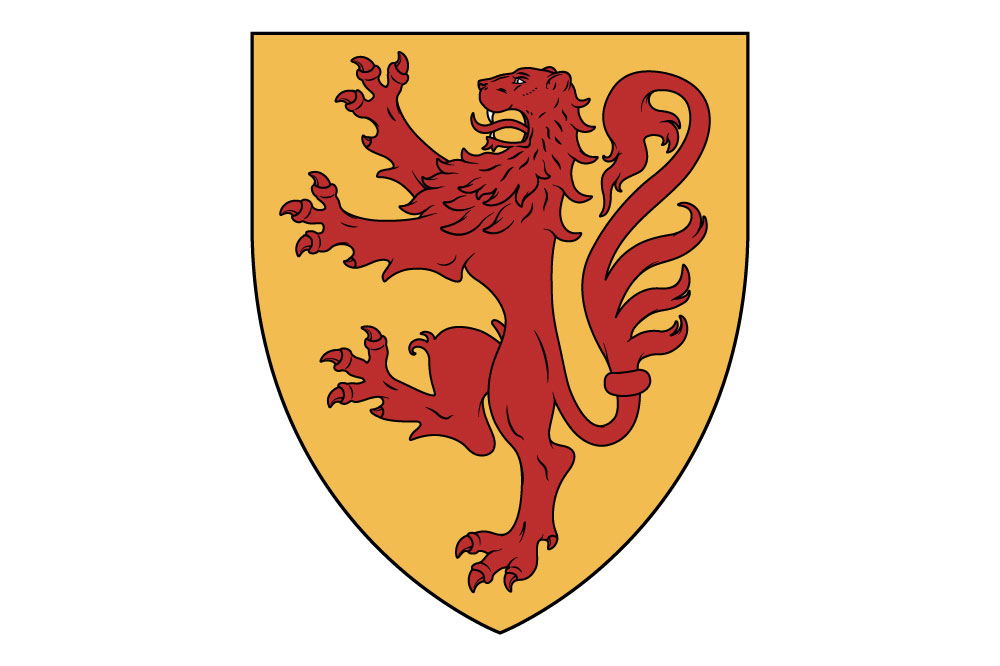Robert Burns Night Supper
Robert Burns Night Supper
Why Asheville Sister Cities celebrates Burns Night
After Asheville, NC joined with Dunkeld and Birnam, Scotland to formally become Sister Cities, Her Royal Highness, Queen Elizabeth II, made a declaration that the Royal Standard of the House of Dunkeld representing the sovereigns of Scotland from Duncan I in 1034 to Margaret, the Maid of Norway, in 1290 may be displayed at a single annual event to be determined by the representatives of these Sister Cities. Thus the Dunkeld and Birnam Friends of Asheville, NC representing Dunkeld and Birnam, Scotland and the Dunkeld and Birnam Committee of the Asheville Sister Cities Inc. (ASCI) jointly decided to join the millions of ‘Scots-at-heart’ around the world who come together to celebrate the birthday and ‘Immortal Memory’ of Robert Burns, who embodied the spirit of Scotland in preserving and recording it’s culture and landscape.
Robert Burns (1759-1796) Life and Legacy
Robert Burns’ Tours of the Highlands, Stirlingshire & the Borders from the National Library of Scotland
Robert Burns, also known as the Bard of Scotland or the Ploughman Poet, was born in Ayrshire, in the Southwest of Scotland to a poor tenant farmer. He grew up in poverty and hardship leaving its traces in a premature stoop and a weakened constitution. Burns lived in the same century when England and Scotland were joined in union to form the United Kingdom of Great Britain. He witnessed the decline of traditional Scottish culture in the favor of English norms. He devoted the end of his life to preserving this dying culture, by traveling the county to collect traditional poetry and songs to get them published.
A formidable self-taught wordsmith, remarkable poet and a lyricist of genius in both Scots and English, he greatly influenced Wordsworth, Coleridge, Shelley, Steinbeck, Salinger, Dylan and Abraham Lincoln having written and published over 500 poems and songs. He was famous for his amours, love of friendships, and his rebellion against orthodox religion and won the hearts of ordinary people, and at the same time, drew the admiration of the aristocracy. Dying at the age of 37, his public life was no more than a decade, yet Robert Burns may be considered as the best-known son of Scotland as his reputation is international. There are statues of Burns all over the world, in places as far afield as North America and New Zealand. His likeness has appeared on bank notes, postage stamps, and soda bottles, and an edition of his poems has even been sent into space. In 2009, Robert Burns narrowly surpassed William Wallace as “The Greatest Scots” of all time by a public poll conducted by Scottish Television.



